Established in 1819, the Prado Museum in Madrid has earned its reputation as one of the most important art galleries in Spain and worldwide. This prestigious institution is home to an exquisite collection of European fine arts spanning centuries, with a focus on Spanish artists such as Velázquez, Goya, and El Greco. As a crucial part of Spain’s cultural heritage, the Prado holds a vital role in preserving and promoting artistic expressions from various periods and is one of the top attractions to see in Madrid.
Famed for its extensive and meticulously curated collection, the Prado houses over 8,000 paintings and numerous sculptures, prints, and drawings dating from the 12th through the 19th centuries. Notable masterpieces include Las Meninas by Diego Velázquez, The Third of May 1808 by Francisco Goya, and The Garden of Earthly Delights by Hieronymus Bosch. With every visit to this iconic museum, art enthusiasts are presented with an invaluable opportunity to engage with historical contexts shaped by masterful works and celebrated artists.
The Prado Museum, a UNESCO World Heritage Site, is situated along Paseo del Prado in central Madrid. To reach this iconic destination using public transportation, take Metro Line 2 to Banco de España (Red Line) or Metro Line 1 to Estación del Arte (Blue Line). From either station, it’s a short stroll to the museum entrance. Alternatively, numerous bus lines (9, 10, 14, 19, 27) pass near the museum as well.
The Prado is a must-see destination for anyone traveling to Madrid. However, its enormous collection can be overwhelming. Even after multiple visits, it can be challenging to fully appreciate the vast array of masterpieces showcased in this prestigious gallery. So, where do you start?
To help you navigate this impressive museum, we’ve compiled a list of the top 11 must-see pieces at the Prado.
1. Las Meninas by Diego Velázquez
Room 12
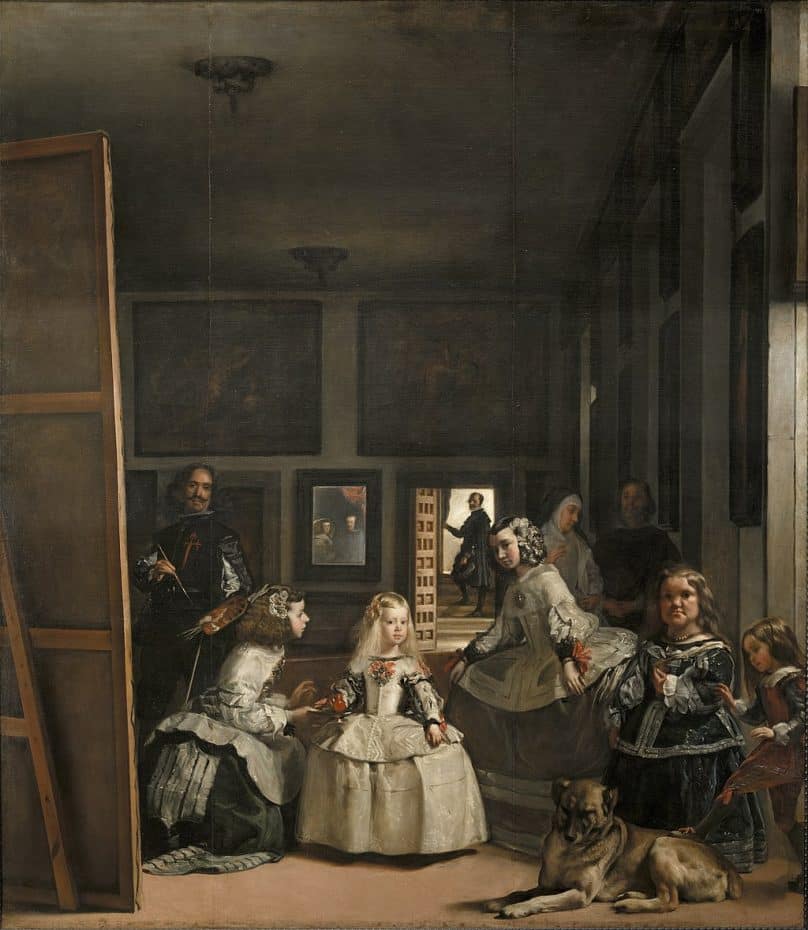
Considered one of the most influential paintings of all time, Las Meninas is a 1656 painting by Spanish artist Diego Velázquez. This work is significant because it provides a glimpse into the daily life at the royal court and showcases the artist’s innovative use of perspective and light. In this masterpiece, Velázquez presents a group portrait featuring the young princess Margarita Teresa, surrounded by her ladies-in-waiting and other court members, while he portrays himself working on a canvas.
2. The Garden of Earthly Delights by Hieronymus Bosch
Room 56A
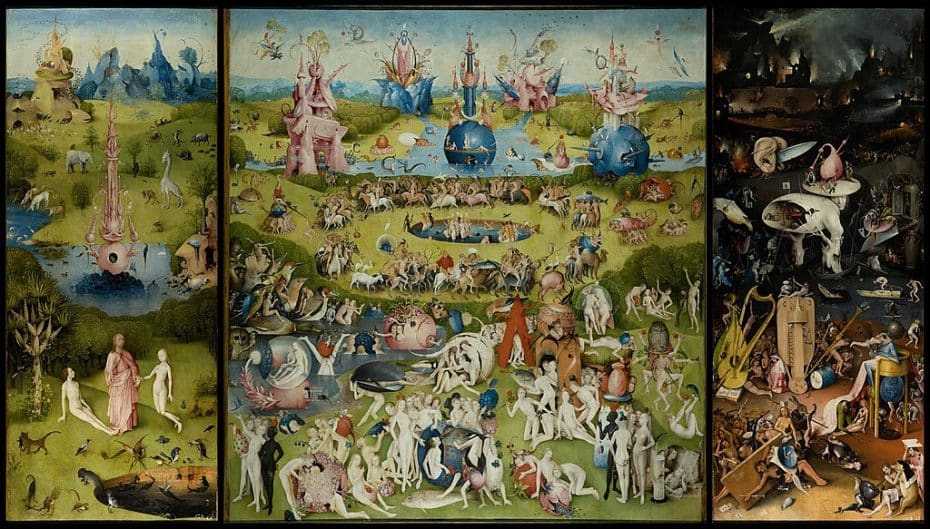
The Garden of Earthly Delights is a triptych painted by Dutch artist Hieronymus Bosch between 1490-1510. The work represents the progression from innocence to sin to divine judgment. Each panel illustrates different stages: the Garden of Eden on the left, depictions of sinful human activities in the center, and Hell on the right. This piece exemplifies Bosch’s vivid imagination and detailed artistry.
3. The Three Graces by Peter Paul Rubens
Room 24
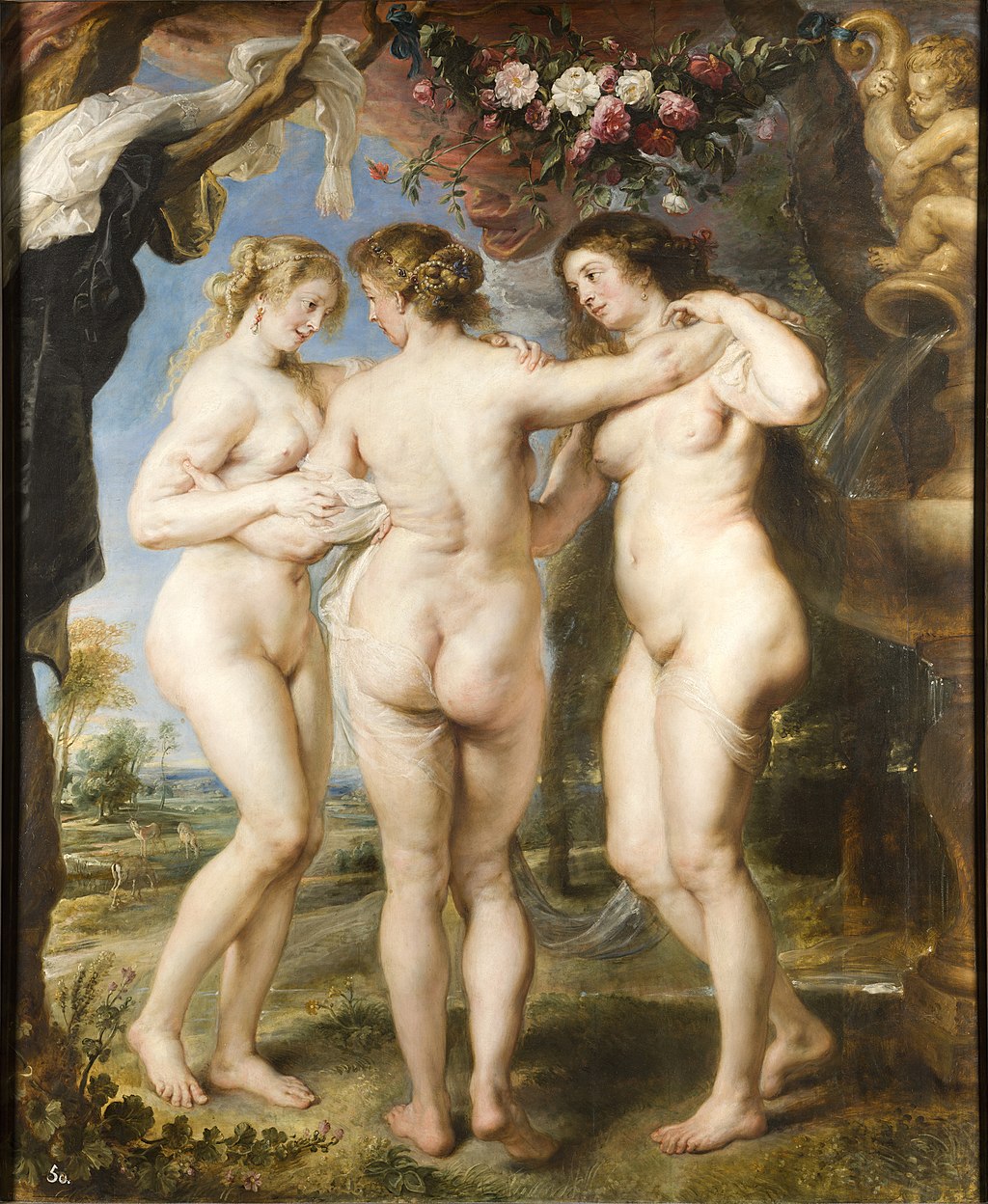
The Three Graces is an oil painting created by the Flemish Baroque painter Peter Paul Rubens around 1630-1635. This artwork captures three mythological goddesses – Euphrosyne, Thalia, and Aglaea – who represent beauty, charm, and elegance. Rubens emphasizes their voluptuous bodies, which became an iconic feature of his artistic style.
4. The Third of May 1808 by Francisco Goya
Room 65
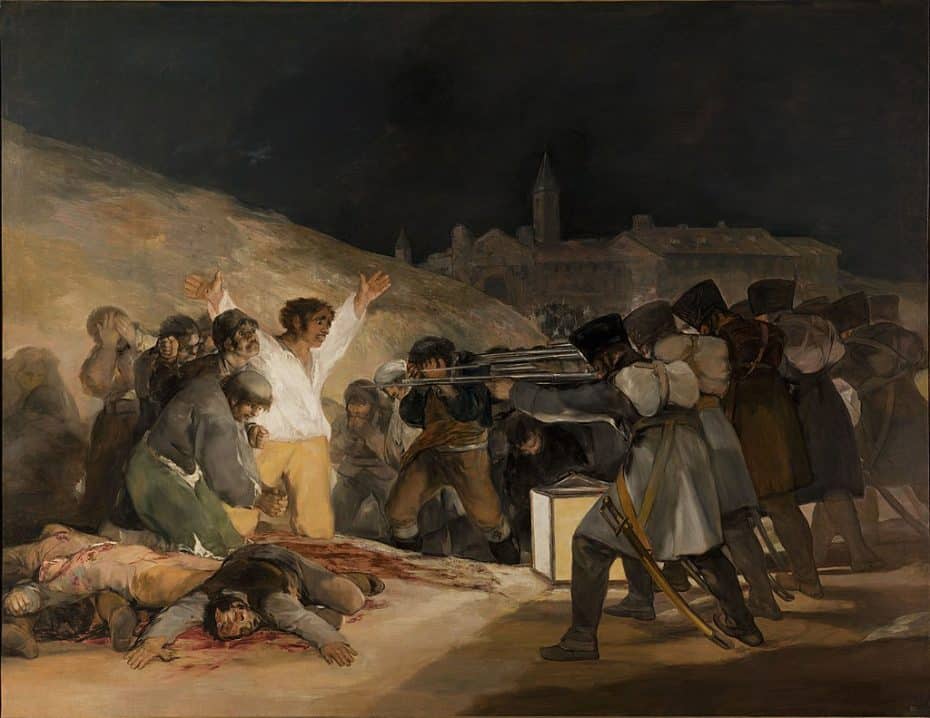
The Third of May 1808 is an 1814 painting by Spanish master Francisco Goya that commemorates the Spanish resistance against Napoleon’s troops during the Peninsular War. Goya depicts the execution of Spanish civilians by French soldiers in a dramatic composition, using stark contrasts of light and shade. This powerful emotional portrayal is hailed as a precursor to modern art.
5. The Descent from the Cross by Roger van der Weyden
Room 56
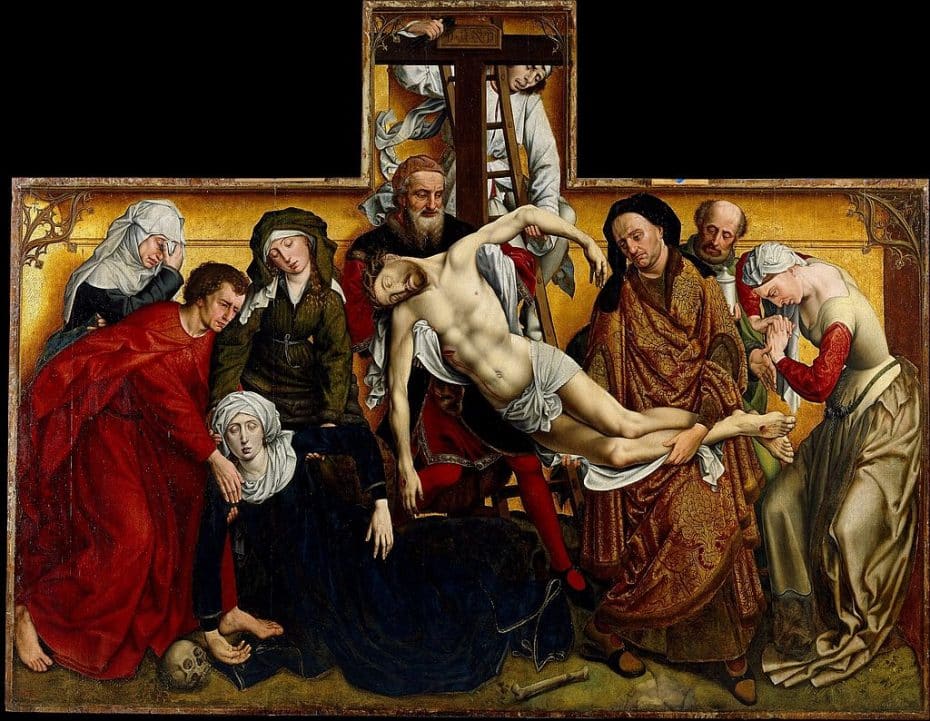
The Descent from the Cross by Roger van der Weyden is a 15th-century oil-on-panel masterpiece that was completed around 1435. Hailing from the Netherlands, this work exemplifies the intricate beauty of Northern Renaissance art. Depicting Christ’s removal from the cross after the crucifixion, the painting captures both deep emotion and precise anatomical detail that could only be found in such remarkable works from that era.
6. Las Majas by Francisco Goya
Room 32
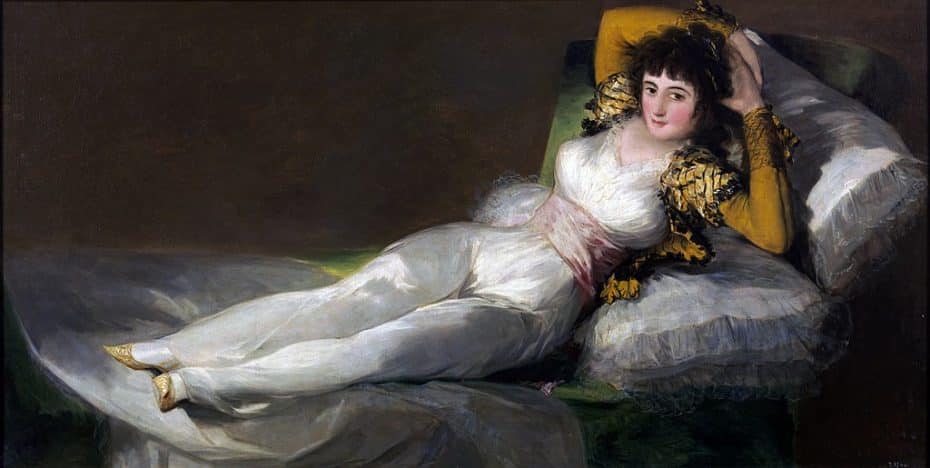
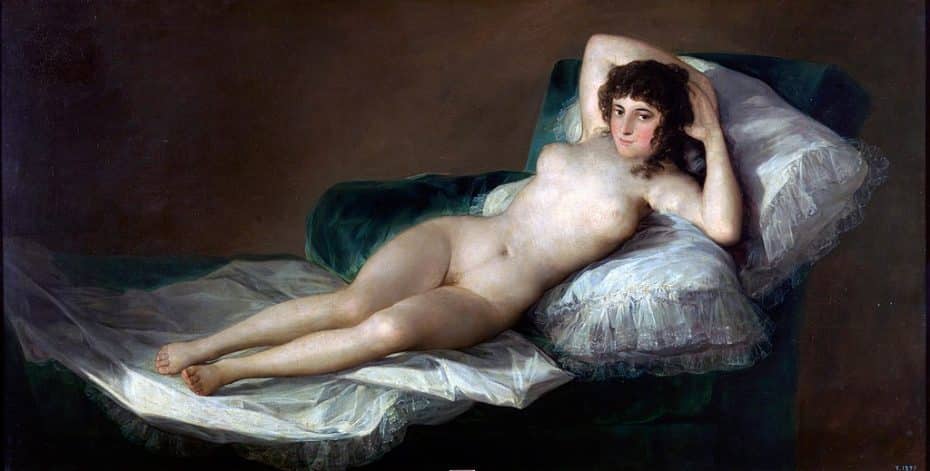
Painted between 1798 and 1805, Las Majas is a set of two paintings by Goya: one dressed (La Maja Vestida) and one nude (La Maja Desnuda). These masterpieces mirror each other in size and composition, showcasing Goya’s bold approach to art during the Spanish Enlightenment. The woman is believed to be the Duchess of Alba or Pepita Tudó, former lover of Manuel Godoy. Both are considered significant works within the Romanticism movement and gained wider recognition following a censorship dispute that only added to their fame.
7. Saturn Devouring His Son by Francisco Goya
Room 67
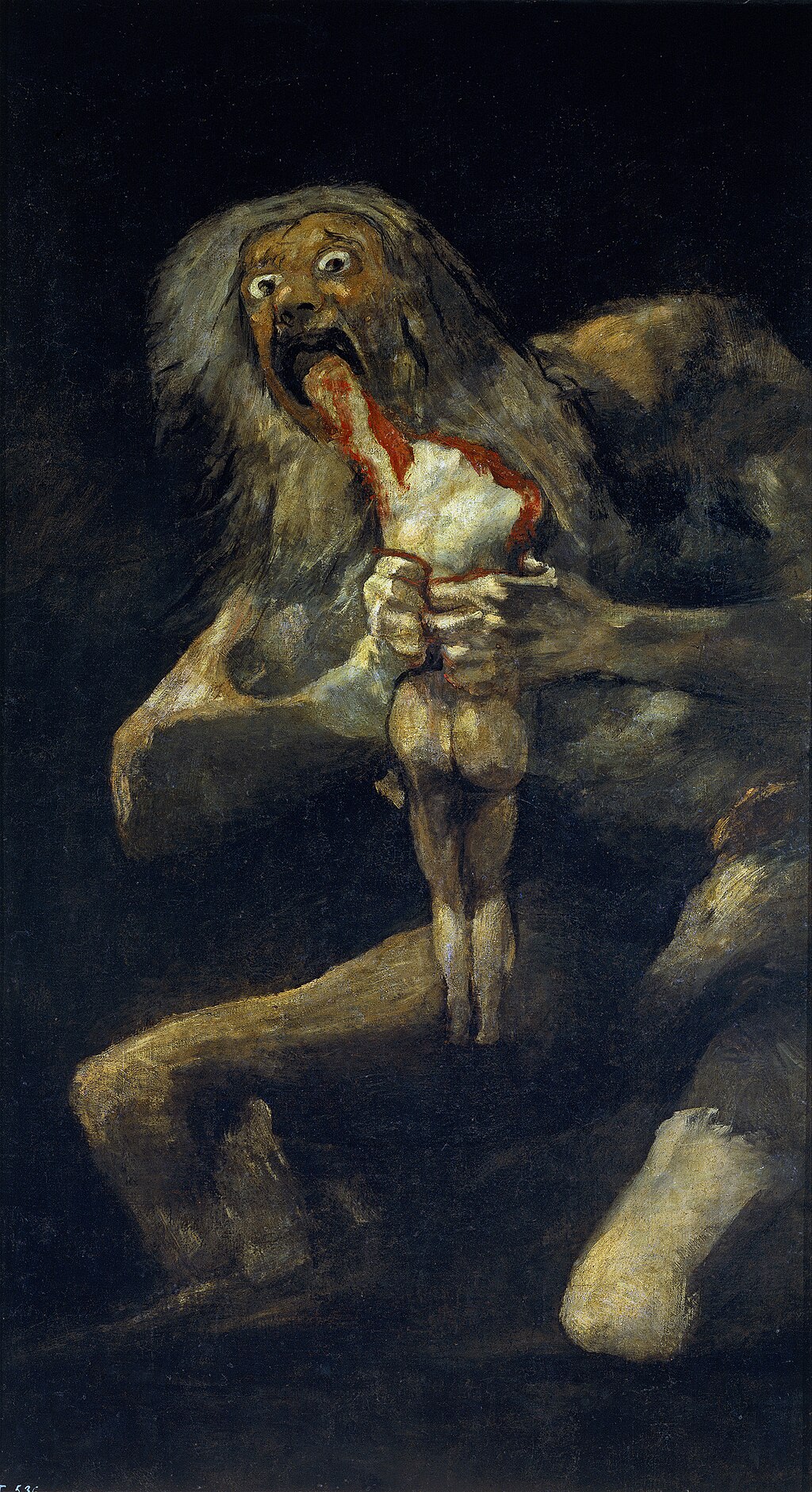
Executed between 1819 and 1823, this haunting scene belongs to Goya’s famous series of “Black Paintings.” Reflecting a darker time in his life and Spanish history, this piece embodies the Romanticism movement with its disturbing subject matter—the mythological figure Saturn consuming his child to prevent an overthrow—depicted vividly with somber tones.
8. David’s Victory over Goliath by Caravaggio
Room 45B
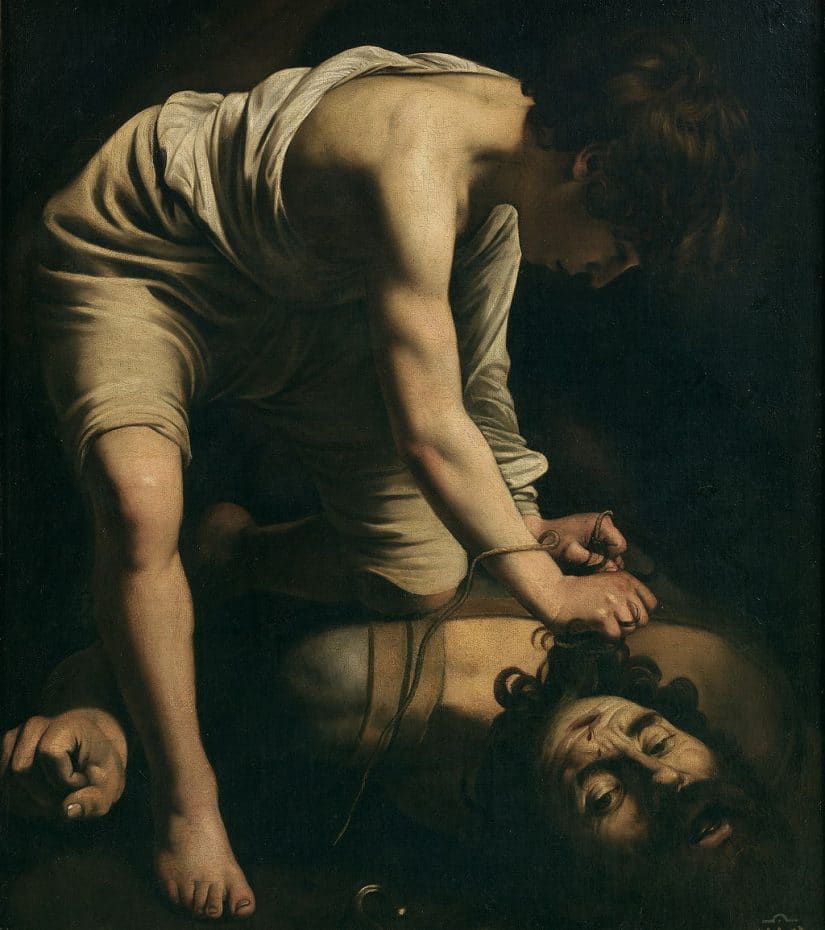
Completed around 1600, this striking Italian Baroque painting portrays the victory of young David over the giant Goliath, who now lies defeated on the ground. Caravaggio’s intense use of chiaroscuro—the strong contrast between light and darkness—enhances the emotional impact on viewers and highlights the artist’s supreme skill for capturing dramatic moments.
9. Carlos V in Mühlberg by Titian
Room 27
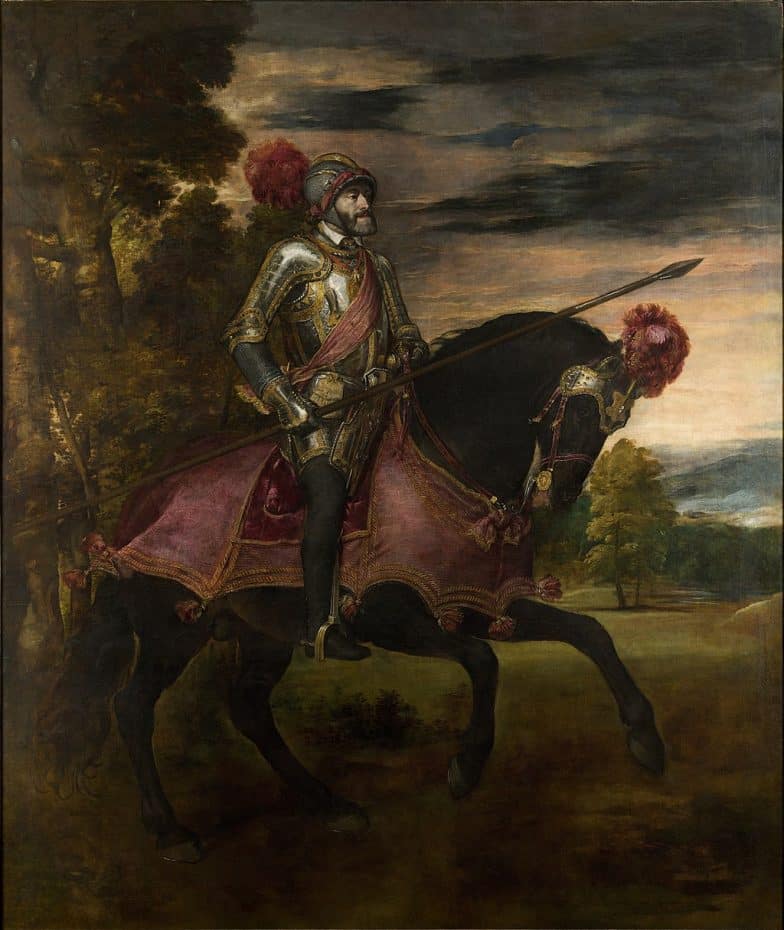
This renowned portrait was executed by the Venetian artist in 1548, commemorating Emperor Charles V’s victory at the Battle of Mühlberg in 1547. The artwork showcases Titian’s skill in capturing emotion and movement while exhibiting the power and magnanimity of the emperor, making it a notable piece from the Italian Renaissance period.
10. The Annunciation by Fra Angelico
Room 58A
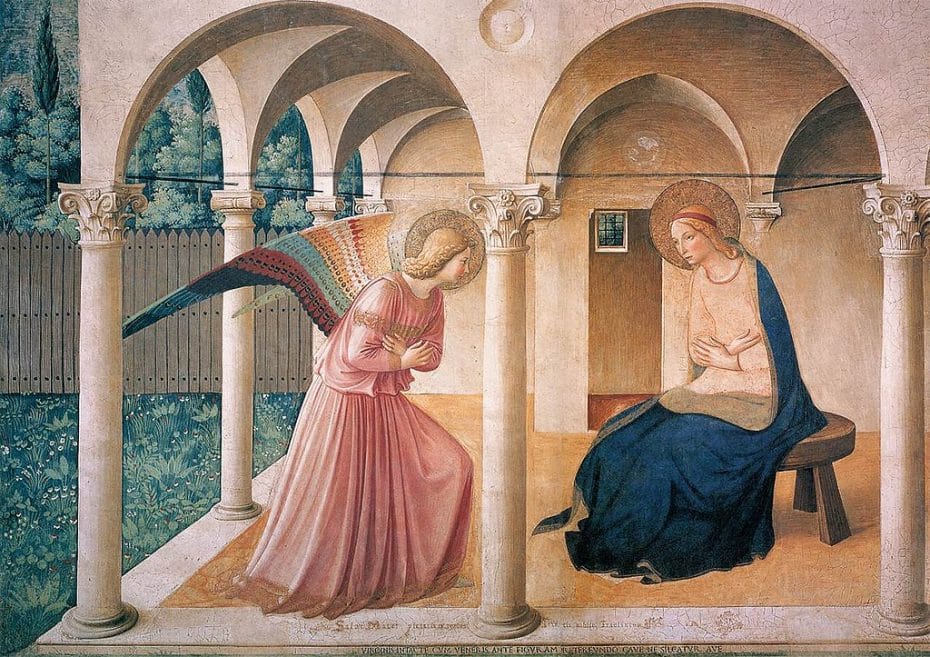
Created in 1424-1430 during the early Renaissance, this altarpiece represents the moment Archangel Gabriel announces to the Virgin Mary that she will give birth to Jesus Christ. The delicate use of color and light illustrates Fra Angelico’s earlier style, which was rooted in Gothic traditions but began transitioning towards humanism and perspective.
11. Christ Washing the Disciples’ Feet by Tintoretto
Room 21B
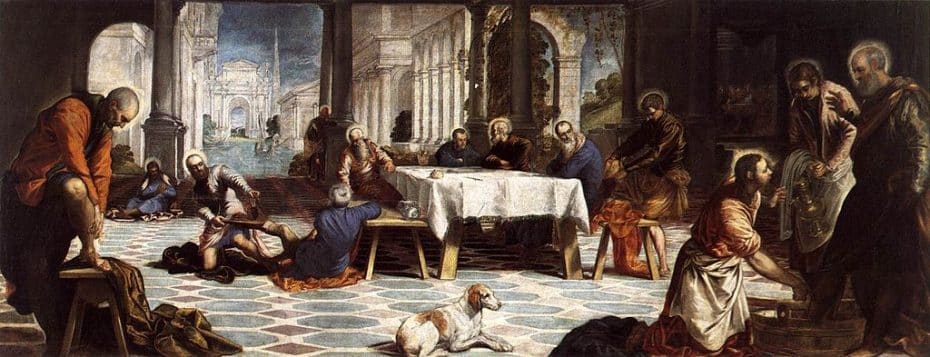
Painted in 1547, this masterpiece from the Venetian High Renaissance school features Jesus washing his disciples’ feet as an act of humility portrayed in John’s Gospel. Tintoretto’s expert use of dramatic lighting and colors emphasizes depth and motion, highlighting his innovative technique that bridges Mannerism and Baroque styles.



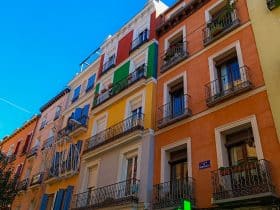
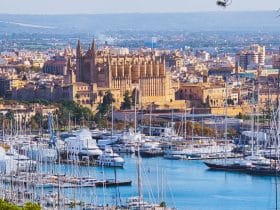
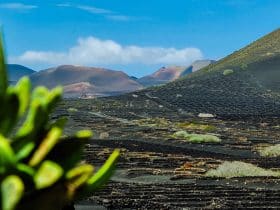
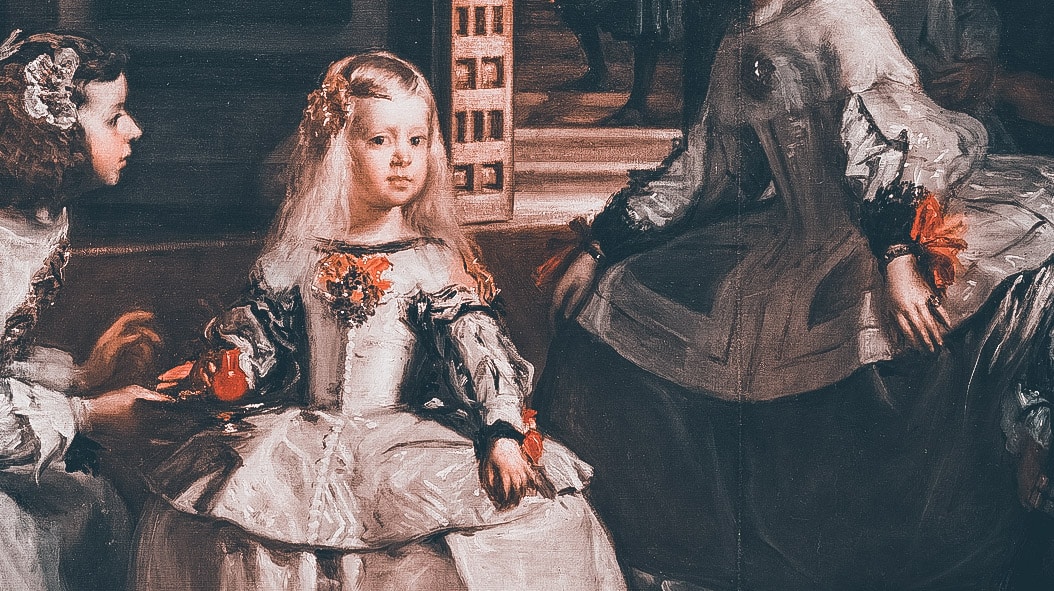

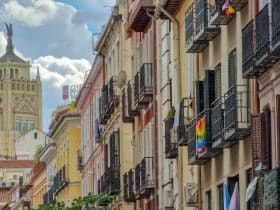
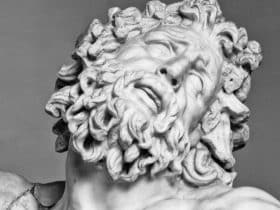
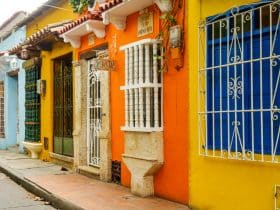









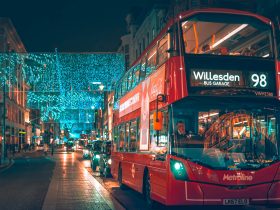


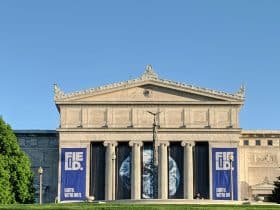
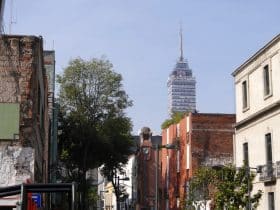
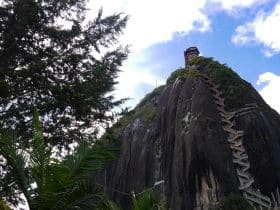
Leave a Reply
View Comments